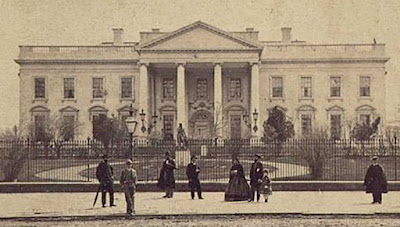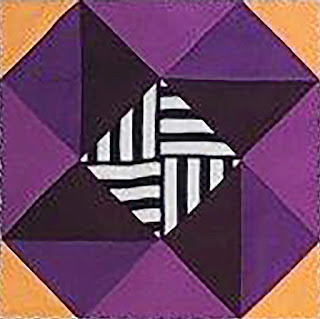Kentucky Classic #2: Kentucky Wildflower
for Caroline Amelia Moore
by Elsie Ridgley
Attributed to Lucy Kemper West of Garrard County
DAR Museum
Overgrown plants in need of repotting are a Kentucky Classic theme
Caroline Moore Floyd Nation (1846-1911)
at 28 when she married for a second time in 1874.
The cliffs at Dick's (Dix) River
Carry remembered the enslaved people on their Kentucky farm; Betsy, Mary, Judy and Eliza were the matriarchs.
1850 census showing mother Mary Jane at 26 with 7 children including 3-year-old Caroline.
Mary Jane James Campbell Moore (1824-1893).
Perhaps Edna on the left and Carrie on the right in the 1850s.
Mary gave birth to her last child in 1861 in Missouri.
George Moore (1815-1883)
Irish-born George Moore seems to have been rather restless, taking the family to other farms in Kentucky and moving them to Missouri in 1855 when Carry was 9.
The Moore's home in Cass County, Missouri
Portal to Texas History
Dr. Charles Gloyd (1840-1869)
Kansas Museum of History
Carry in jail in Topeka with a nine-patch quilt on the bed.
Kansas Museum of History Collection
She was often jailed. Being an expert at calling attention to herself and her crusade she was frequently in the national papers in the first decade of the 20th century. Her ten years of notoriety ended when a nervous breakdown caused her hospitalization at the Evergreen Sanitarium in Leavenworth, Kansas.
Unfortunately sanitariums were familiar territory to the Moores. Carry's mother Mary died in the mental hospital in Nevada, Missouri and her brothers Charles and Campbell are also buried in the hospital's cemetery. Carry's daughter Charlien Gloyd McNabb died in an asylum in Texas in 1929.
Carry Moore Nation may have been technically insane, affected with a hereditary schizophrenia, psychosis or perhaps early-onset dementia. She was certainly eccentric. This Kentucky Wildflower remains one of Garrard County's most famous natives.
She died there at 66 in 1911.
Unfortunately sanitariums were familiar territory to the Moores. Carry's mother Mary died in the mental hospital in Nevada, Missouri and her brothers Charles and Campbell are also buried in the hospital's cemetery. Carry's daughter Charlien Gloyd McNabb died in an asylum in Texas in 1929.
The Nevada Hospital for the Insane was the largest building in
Missouri for a time.
Women patients on an outing
Carry Moore Nation may have been technically insane, affected with a hereditary schizophrenia, psychosis or perhaps early-onset dementia. She was certainly eccentric. This Kentucky Wildflower remains one of Garrard County's most famous natives.
A little fancy cutting from Becky Brown
The Block
45" Square
No medallion set this month---here's the side-by-side set
for nine 14/15-inch finished blocks. Look for the Beckys' progress in May.
Read Carry's surprisingly readable autobiography The Use and Need of the Life of Carry A. Nation, published in 1904.


























.jpg)





























